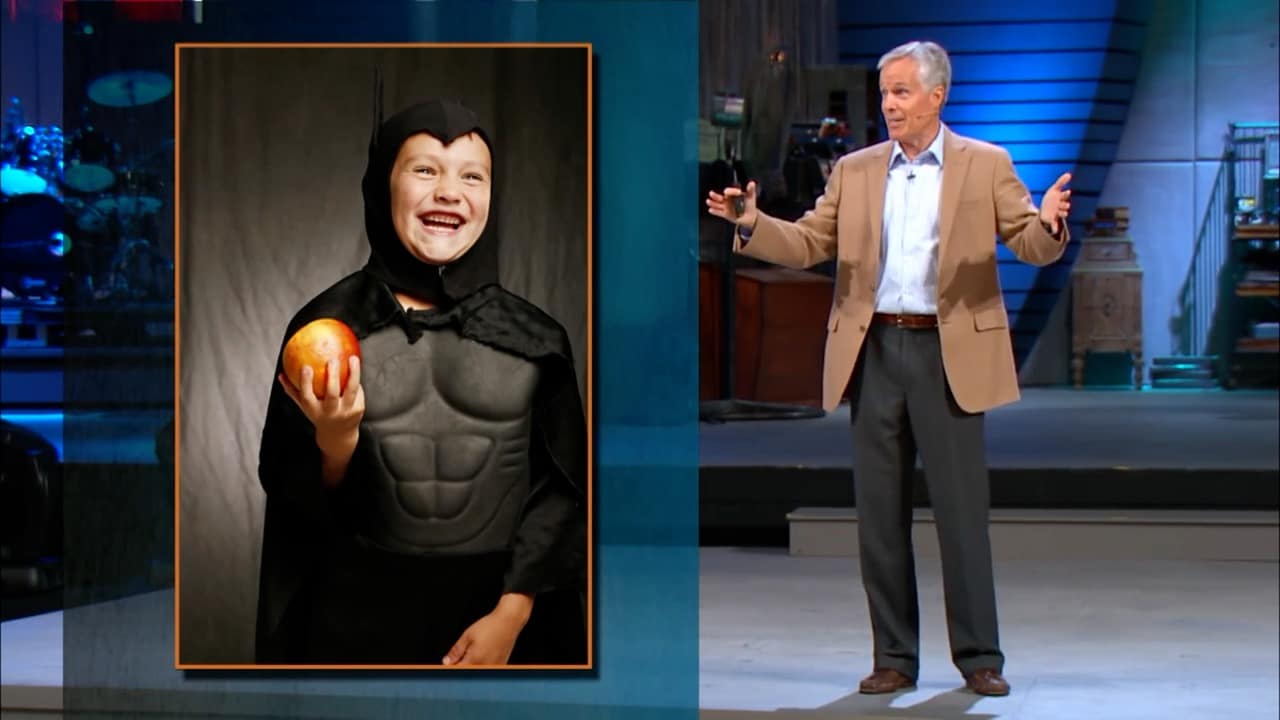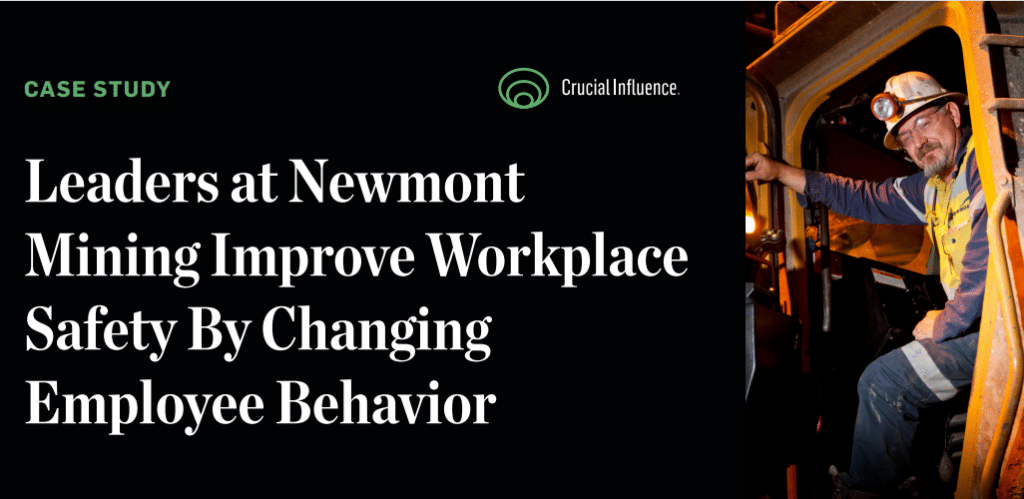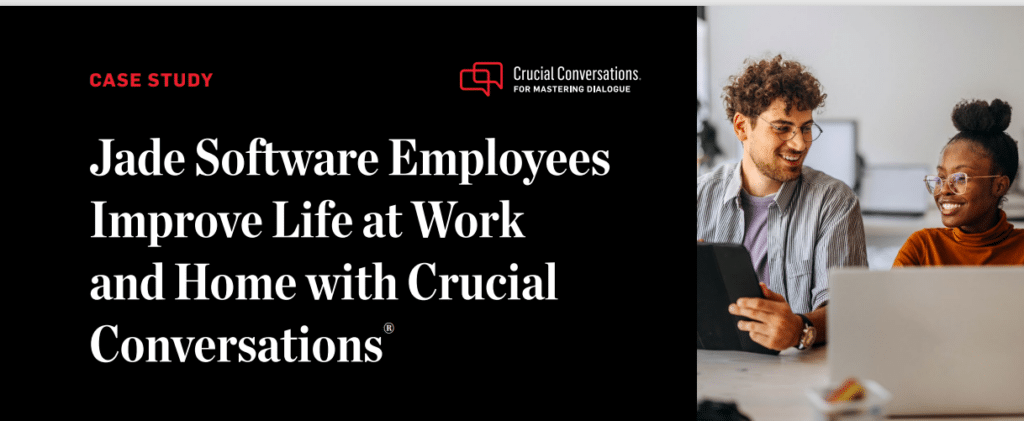Why does junk food taste so good? Why is watching a movie so much more fun than working out?
Well, social scientists would call these personal motivation problems. And in these problems, the good behaviour feels bad and the bad behaviour feels good.
Isn’t that the issue with almost every problem in the world?
As leaders help others change their lives in substantial ways, they first have to address people’s personal motivation. The problem is the “bad stuff” often feels gratifying, satisfying, and pleasurable while the “good stuff” feels like sacrifice, burden, struggle, and effort.
So, as an influencer, how can you overcome those feelings?
Our answer lies in a simple trick-or-treating experiment.
My friend, Brian Wansink, did an experiment on Halloween — the holiday in the U.S. where we give out candy to children and get pandemonium in return. On his front porch, he put a big bowl of delicious candy. Next to that bowl, he placed a bowl of apples. He allowed the children to choose one with no adults present.
In the control condition, when given the choice between the two options, only 9% of the children took the apples (and probably because their parents were nearby!). The other 91% behaved normally and took the candy!
So, how would you (in a non-coercive way) influence more children to choose the apples?
We tend to believe that behaviour has intrinsic emotions (feelings, experiences, sentiment) associated with it.
It doesn’t.
Bad behaviour can feel good or bad. Good behaviour can feel good or bad. Your job as an influencer is to help the “good stuff” feel pleasurable and the “bad stuff” feel bad. Your job is to make the world right.

Well, Brian only changed one simple thing in his experiment condition to influence the children. This simple change shifted the number of children that took the apples to 48%.
How?
He put a picture of Batman on the front porch with a sign underneath that read, “What would Batman eat?”
Over five times more kids took the apples!
Influencers understand that people can profoundly change the way they feel about almost any choice. Choosing to donate to a charitable cause, stay faithful to your spouse, and offer exceptional customer service to your clients are pleasurable choices — if they’re framed the right way.
Your job as an influencer is to make the right frame.
Don’t just teach isolated principles and abstract ideas. Connect them to people’s values. This helps people frame their daily decisions in moral ways.
Choosing an apple (not because your mum told you to) because it makes you like Batman re-frames the choice. You feel better and the apple even tastes better!
When influencers make the good choices feel good, people make better choices.





